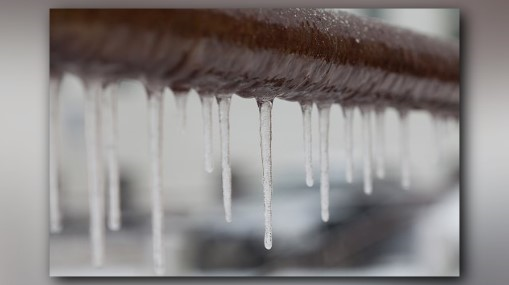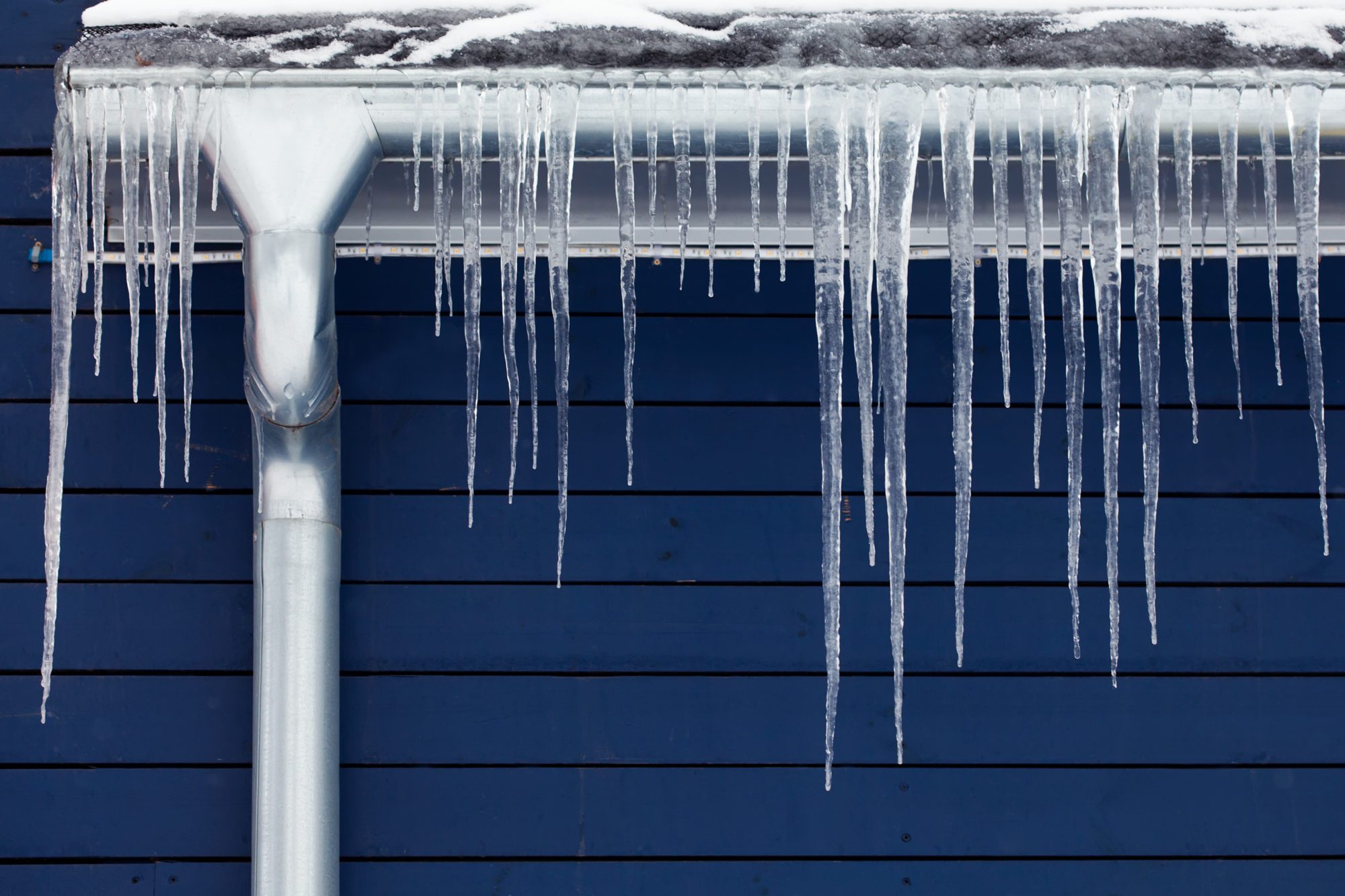Crucial Tips to Prevent Frozen Pipes in Cold Weather
Crucial Tips to Prevent Frozen Pipes in Cold Weather
Blog Article
Almost everyone is bound to have their personal assumption in relation to 6 Ways to Prevent Frozen Pipes.

Cold weather can damage your pipes, especially by freezing pipes. Right here's exactly how to avoid it from occurring and what to do if it does.
Introduction
As temperatures drop, the threat of icy pipelines boosts, potentially leading to costly fixings and water damages. Recognizing exactly how to prevent icy pipelines is important for property owners in cool environments.
Prevention Tips
Shielding susceptible pipes
Wrap pipelines in insulation sleeves or utilize warm tape to protect them from freezing temperatures. Focus on pipes in unheated or outside locations of the home.
Heating techniques
Maintain indoor rooms sufficiently heated up, particularly locations with pipes. Open cabinet doors to permit cozy air to distribute around pipelines under sinks.
How to determine frozen pipelines
Look for reduced water circulation from faucets, uncommon smells or sounds from pipelines, and noticeable frost on revealed pipes.
Long-Term Solutions
Structural adjustments
Take into consideration rerouting pipelines far from outside walls or unheated areas. Add additional insulation to attics, basements, and crawl spaces.
Upgrading insulation
Buy top notch insulation for pipes, attic rooms, and walls. Appropriate insulation aids maintain constant temperatures and decreases the threat of frozen pipes.
Securing Exterior Pipes
Yard hoses and exterior faucets
Separate and drain garden hoses prior to wintertime. Install frost-proof spigots or cover outdoor taps with shielded caps.
Comprehending Icy Pipes
What creates pipelines to freeze?
Pipelines freeze when subjected to temperature levels below 32 ° F (0 ° C) for prolonged periods. As water inside the pipes freezes, it expands, putting pressure on the pipe walls and potentially triggering them to rupture.
Risks and problems
Frozen pipes can bring about water supply disturbances, residential or commercial property damage, and expensive repairs. Ruptured pipelines can flooding homes and trigger considerable structural damage.
Indications of Frozen Pipeline
Recognizing frozen pipes early can avoid them from rupturing.
What to Do If Your Pipelines Freeze
Immediate activities to take
If you suspect frozen pipes, keep faucets available to soothe stress as the ice thaws. Make use of a hairdryer or towels soaked in hot water to thaw pipelines slowly.
Final thought
Stopping frozen pipes calls for aggressive actions and fast reactions. By recognizing the causes, indications, and safety nets, property owners can shield their pipes during winter.
6 Proven Ways to Prevent Frozen Pipes and Protect Your Home
Disconnect and Drain Garden Hoses
Before winter arrives, start by disconnecting your garden hoses and draining any remaining water. Close the shut-off valves that supply outdoor hose bibs and leave the outdoor faucet open to allow any residual water to drain. For extra protection, consider using faucet covers throughout the colder months. It’s also important to drain water from any sprinkler supply lines following the manufacturer’s directions.
Insulate Exposed Pipes
Insulating your pipes is an effective way to prevent freezing. Pipe insulation is readily available at home improvement stores and is relatively inexpensive. Pay close attention to pipes in unheated areas such as the attic, basement, crawl spaces, or garage. Apply foam insulation generously to create a buffer against the cold. You can also wrap your pipes in heat tape or thermostat-controlled heat cables for added warmth.
Seal Air Leaks
Inspect your home for any cracks or openings that could let in cold air. Seal any holes around the piping in interior or exterior walls, as well as the sill plates where your home rests on its foundation. Additionally, make sure to keep your garage door closed unless you’re entering or exiting. Leaving it open creates a significant air leak that can lead to frozen pipes.
Allow Warm Air Circulation
During cold snaps, it’s essential to allow warm air to circulate evenly throughout your home. Leave interior doors ajar to promote better airflow. Open kitchen and bathroom cabinets to help distribute heat consistently around the rooms. If you have small children or pets, be sure to remove any household chemicals or potentially harmful cleaners from open cabinets for safety.
Let Faucets Drip
A small trickle of water can make a big difference in preventing ice formation inside your pipes. When temperatures drop significantly, start a drip of water from all faucets served by exposed pipes. This continuous flow helps prevent the water from freezing. Additionally, running a few faucets slightly can relieve pressure inside the pipes, reducing the chances of a rupture if the water inside does freeze.
https://choateshvac.com/6-proven-ways-to-prevent-frozen-pipes-and-protect-your-home/

I'm very occupied with Winter Plumbing Precautions: Preventing Frozen Pipes and I'm hoping you enjoyed reading my entry. Appreciated our posting? Please quickly share it. Let another person find it. Thanks for your time. Don't hesitate to come by our site back soon.
Browse Our Site Report this page